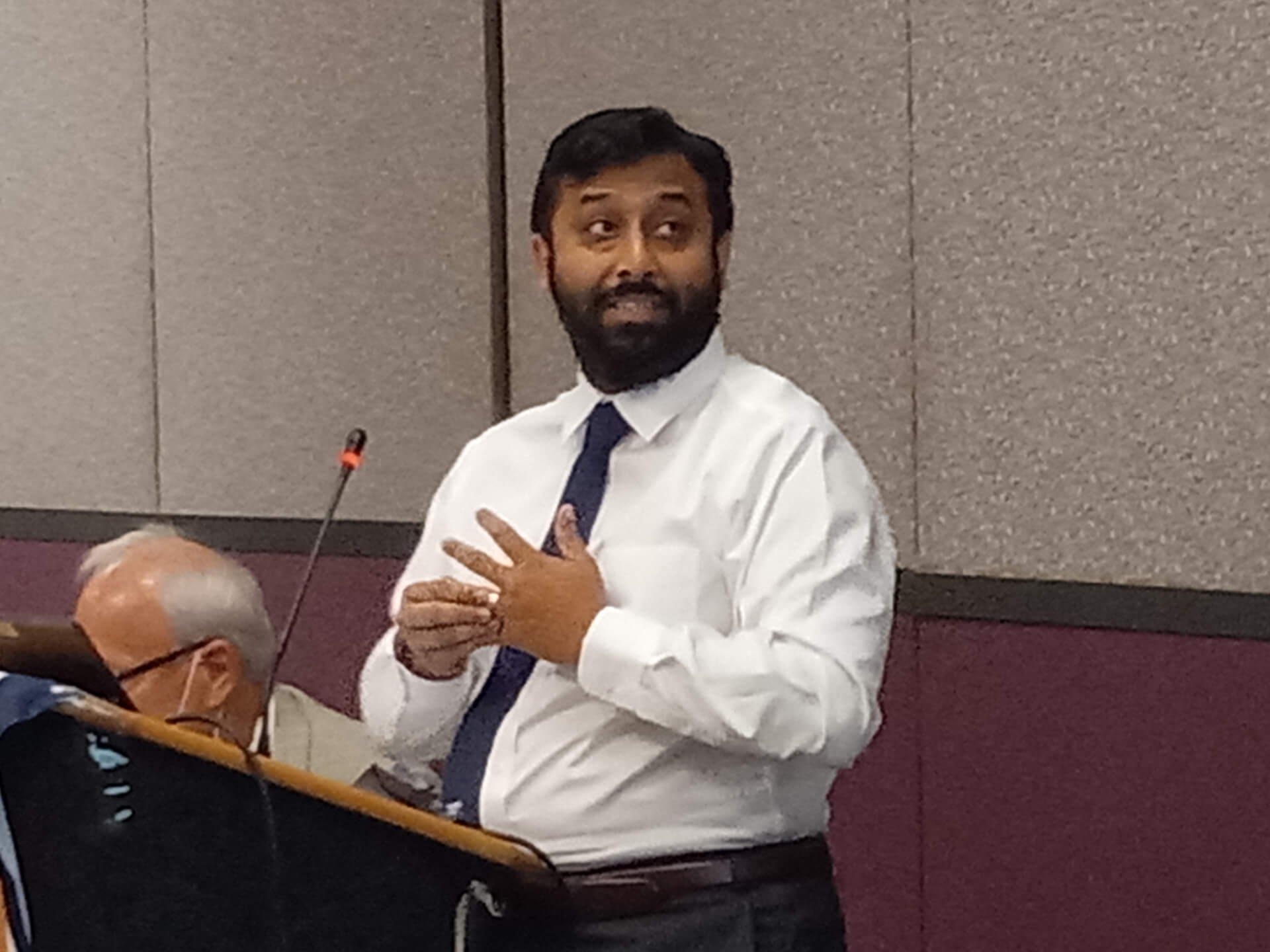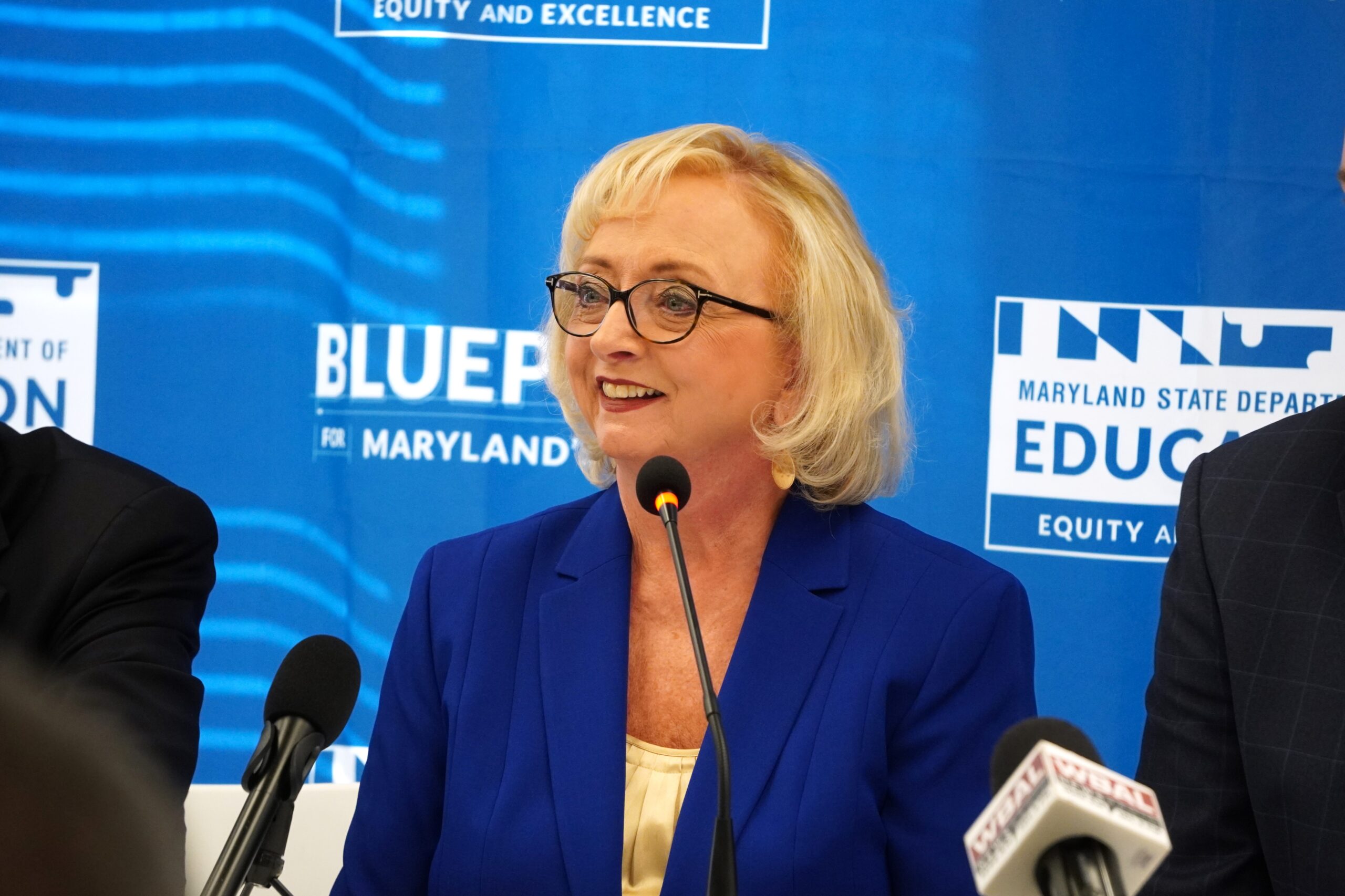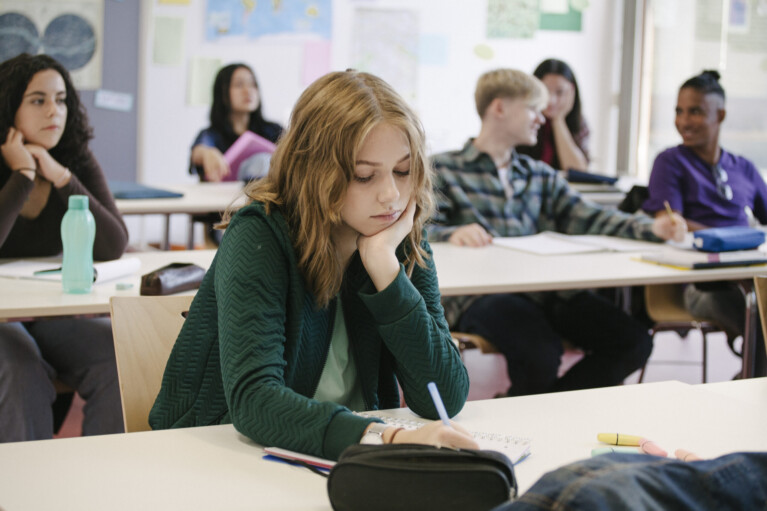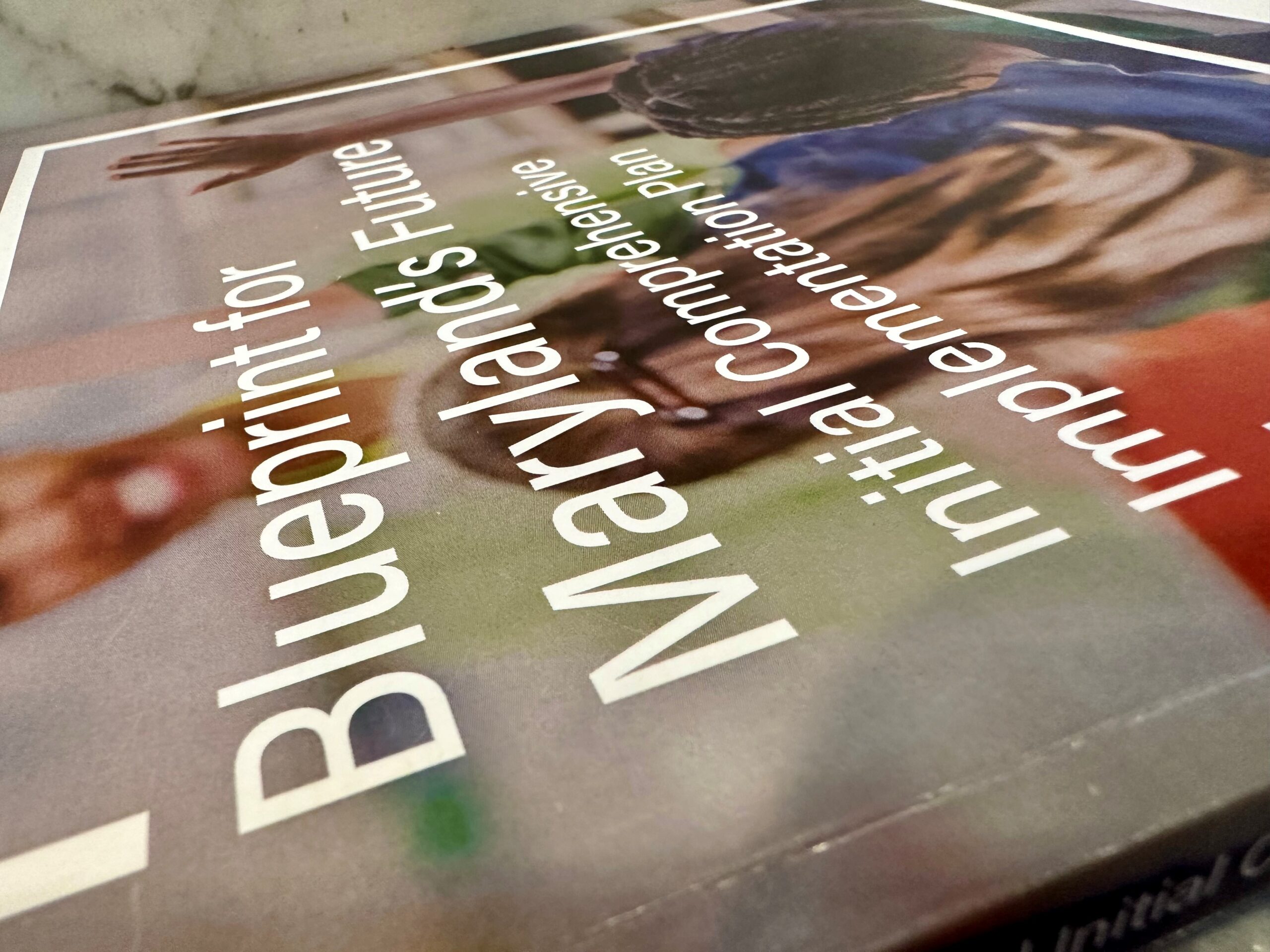Kalman Hettleman: The Existential Threat to Public Education. Can Maryland Come to the Rescue?

By Kalman R. Hettleman
The writer is a member of the Maryland Commission on Innovation and Excellence in Education – the Kirwan Commission, a former Baltimore City school board member, a former deputy mayor of Baltimore and a former Maryland secretary of Human Resources.
School bells this year need to ring out a warning. While the label “existential threat” is becoming all too familiar (pandemics, global warming and cyber warfare come readily to mind), it can and should be applied to the future of public education in the U.S.
The way things are going, public schools may not survive much longer as the ladder to the American dream. And this danger is obviously greatest for children who are poor and of color.
Is such a dire warning overwrought? Consider, first, the catastrophic harm done by COVID-19.
Public schools must confront the immense learning loss suffered by almost all students, and low-income students in particular.
And the pandemic is still causing unprecedented uncertainties and risks. Even scientists can’t reliably predict the course of the virus and its variants. Will schools be safe enough – with enough vaccinations, masks and virus testing – to prevent outbreaks? Will many parents keep their children home, resulting in even more catastrophic learning loss?
These are daunting obstacles on everyone’s radar. But there is much more to the threat. The pandemic nightmare may be causing us to forget that public schools were severely ailing before COVID struck.
For example, even in wealthy blue-state Maryland, only about 35% of all students and about 20% of Black and Hispanic students were proficient in reading. And national scores had been dropping.
Moreover, pre-pandemic, many school reformers seemed to be giving up hope. Conservatives were, and are, fiercely fighting to disembowel public education via privatization and teacher union-busting. And a surprising number of liberals, drawing on evidence going back to the Coleman report in 1966, have long argued that economic and social programs that address poverty outside the schools would do more to boost student achievement than anything schools can do by themselves.
The eminent progressive Richard Rothstein would “never say public schools can’t do better … [but] they can’t do much better” without redressing larger social ills.
All the while, middle-class families have been fleeing public schools. This trend is now accelerating. The New York Times reports that, as the pandemic unfolded, projected enrollment nationwide fell by more than one million children, with the largest drop-offs among low-income kindergartners.
No wonder the liberal political columnist Thomas Edsall recently posed the question: “Is Education No Longer the Great Equalizer?” However, the more challenging question is: what can be done to revive public schools as the great equalizer of opportunity for our most disadvantaged children?
It’s not possible in the space of this commentary to lay out the evidence-based agenda that could refute the doomsayers on the future of public education. But here are a couple of key perspectives.
One is the good news that school reformers in search of hope can draw upon the Blueprint for Maryland’s Future. It has some fiscal gaps, and implementation over the long haul will be a heavy lift. But it charts a transformational course — if educators, public officials and the public have the political will to stick with it.
The other perspective is a response to the view of some experts that the COVID experience may be a blessing in disguise. U.S. Education Secretary Miguel Cardona says, “There may be an opportunity to reimagine what schools will look like.” The director of the national school superintendents association proclaims that “a lot of positives will happen because we’ve been forced into this uncomfortable position. The reality is that this is going to change education forever.”
I’m profoundly dubious about such sweeping predictions (otherwise known as wishful thinking).
Some ideas have potential, among them online and hybrid instruction, more focus on the mental health of students and families, and classroom strategies that favor acceleration over remediation for struggling students.
However, these, at best, will bring about improvements at the margins. Pre-pandemic, we knew how to reform public education, especially to bring about equity for students who are most vulnerable. Witness the growing body of evidence-based programs in literacy and math and a comprehensive package like the Blueprint.
But as a nation we have failed to follow through with the money to pay for them and effective implementation of proven best practices.
This year, Marylanders need to stay the reform course while minimizing disruptions caused by the uncertain course of the pandemic.
Fortunately, the new State Superintendent Mohammed Choudhury may be poised to fill the leadership void that last year resulted in vacillation, flip-flopping, and local districts being stranded without clear guidelines and support.
It won’t be easy but Maryland could be a national leader in stemming the existential threat to the nation’s economic, social and moral standing if schoolchildren continue to be denied equitable educational opportunity.





 Creative Commons Attribution
Creative Commons Attribution